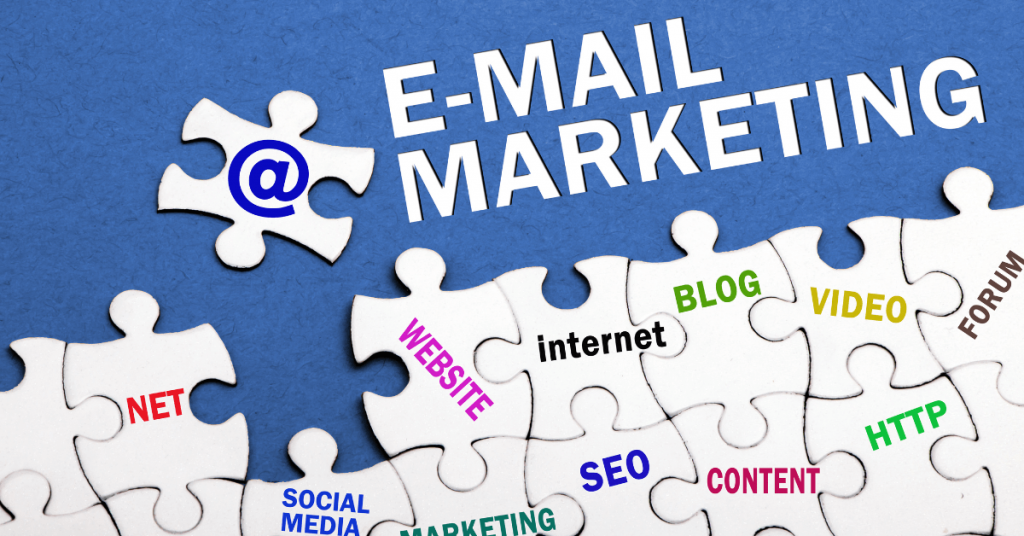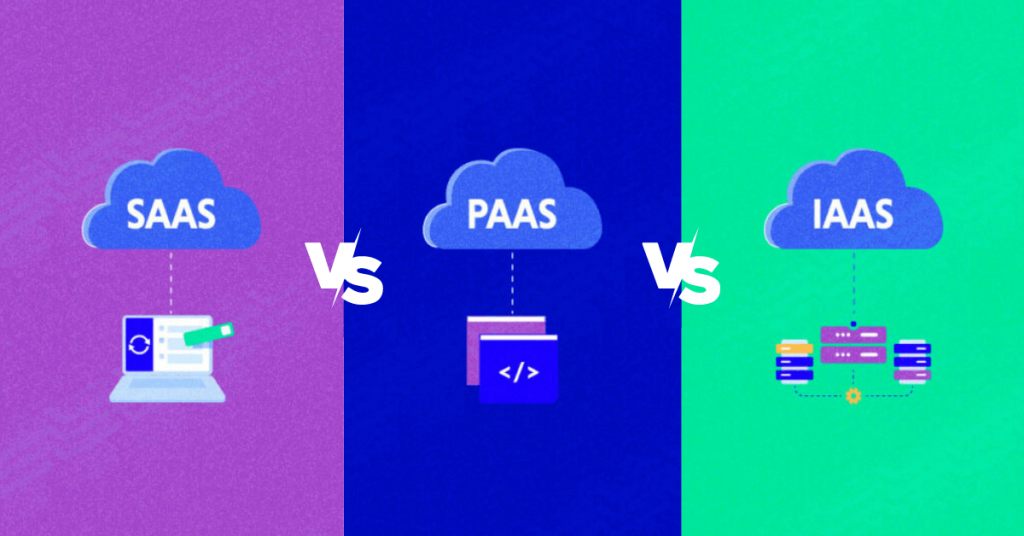Are you planning a SaaS Beta Launch? Discover the essential steps to make it a resounding success! From recruiting beta testers to refining your software based on valuable feedback, this blog post will guide you through the process. Engage your target audience, uncover hidden bugs, and fine-tune your product before the official release. Get ready to create a buzz, shape the future of your software, and achieve a smooth and impactful launch.
But before jumping straight to the steps of the SaaS beta launch, let’s first understand the SaaS beta launch and its importance.
What Is SaaS Beta Launch?
A SaaS Beta Launch is the initial release of a software product in a testing phase, offered to a selected group of users. It allows them to explore the product’s features, provide feedback, and help improve its functionality before the official release. Beta testers play a vital role in identifying bugs, suggesting enhancements, and ensuring the software meets user expectations.
This collaborative process enables developers to refine the product based on real-world usage and user insights. Ultimately, the SaaS Beta Launch aims to create a high-quality software experience by incorporating user feedback and ensuring a smoother public release.
Why SaaS Beta Launch is Important?
The SaaS beta launch is an important phase in the lifecycle of a Software as a Service (SaaS) product for several reasons:
User feedback and validation:
The beta launch allows you to gather feedback directly from real users who are interested in your product. It provides an opportunity to validate your assumptions and test the market demand. Beta users can provide valuable insights into the usability, functionality, and overall experience of your SaaS product.
Early adopter engagement:
Beta users are typically early adopters who are eager to try out new technologies and provide feedback. Engaging these early adopters helps you build a community around your product, generate word-of-mouth buzz, and establish initial brand advocates who can help promote your SaaS offering.
Iterative development and improvement:
The beta phase allows you to iterate and improve your product based on user feedback. It helps identify and address any usability issues, bugs, or missing features early on, ensuring a more polished and user-friendly product upon the official launch. Incorporating user feedback can lead to a higher quality product that aligns better with customer needs.
Market validation and product-market fit:
A successful beta launch can validate the market demand for your SaaS product. It helps you understand if there is a viable market for your solution and whether users are willing to adopt and pay for it. This validation is crucial for attracting investors, securing funding, and making informed business decisions.
Early revenue generation:
In some cases, SaaS companies may charge beta users a discounted or trial fee to generate early revenue. This not only helps cover costs but also demonstrates the willingness of users to pay for your solution. It provides an opportunity to fine-tune your pricing strategy and assess the viability of your business model.
Marketing and PR opportunities:
The beta launch creates a buzz around your product, generating interest from potential customers, investors, and the media. It can serve as a valuable marketing and public relations opportunity to generate press coverage, attract attention, and build anticipation for the official product launch.
Building trust and credibility:
Successfully delivering a beta product and actively engaging with users demonstrates your commitment to quality and customer satisfaction. It helps build trust and credibility among early users and future customers, positioning your SaaS product as a reliable and trustworthy solution in the market.
Overall, the SaaS beta launch allows you to validate your product, engage with early adopters, gather feedback, and make iterative improvements before the official launch. It plays a critical role in shaping your product, building a user base, and establishing a strong foundation for growth and success in the SaaS industry.
Now let’s dive into the essential steps for a successful SaaS Beta Launch!

Steps to Execute a Successful SaaS Beta Launch
1. Preparing the Software:
- Ensure the software is stable and functional, with major bugs resolved.
- Implement key features that provide value to users.
- Conduct thorough internal testing to address any glaring issues.
2. Setting Clear Objectives:
- Clearly define your product’s UVP Unique Value Proposition. This is the exclusive benefit users will receive from utilizing your product. It helps you position your product well on the market.
- Define specific goals for the beta launch, such as collecting user feedback, testing specific functionalities, or validating product-market fit.
- Identify the metrics or criteria that will determine the success of the beta launch.
3. Recruit and Engage Beta Testers:
Know where to look-
- Identify your target audience and personas.
- Utilize your existing network, social media channels, online platforms, and email lists, reach out to user communities, or attend industry events to recruit beta testers. Also, you can search for a beta testing platform to test your SaaS product. For example, BufferApps is the most popular SaaS launch platform that offers Beta Launch.
- Seek a diverse group of testers to gather a range of perspectives and use cases.
Offer Incentives:
- Provide early access to new features
- Exclusive discounts on the final product
- Special recognition for their contributions.
- Offer rewards such as gift cards, merchandise, or access to premium features (as a token of appreciation for their time and effort).
This is the best technique to recruit and engage beta testers for your SaaS product.
4. Creating a Beta Test Plan:
- Determine the scope and duration of the beta test phase.
- Clearly communicate the objectives, timeline, and expectations to the beta testers.
- Define the communication channels for feedback submission and bug reporting.
- Decide the type of beta launch you want: Private beta launch or public beta launch.
5. Building a Feedback Mechanism:
- Set up a dedicated system to collect and manage feedback.
- Provide feedback forms, surveys, or other tools for beta testers to share their experiences and suggestions.
- Establish channels like forums, Slack, or email for direct communication with beta testers.
6. Providing Documentation:
- Develop comprehensive user guides or tutorials that explain the software’s features, functionalities, and how to provide feedback.
- Ensure the documentation is clear, accessible, and easily understandable for beta testers.
7. Conducting a Kickoff Meeting:
- Host a kickoff meeting or webinar to introduce the software to beta testers.
- Clearly communicate the purpose of the beta test, objectives, expectations, and guidelines.
- Provide instructions on how to access and use the software.
8. Monitoring and Managing the Beta Test:
- Stay actively engaged with beta testers throughout the test phase.
- Monitor feedback submissions, bug reports, and questions from testers.
- Provide timely support, clarification, and assistance to beta testers as needed.
9. Iterating and Improving:
- Analyze the feedback received from beta testers.
- Identify patterns, common issues, and opportunities for improvement.
- Prioritize bug fixes, usability enhancements, and requested features based on the feedback.
10. Communicating Updates:
- Keep beta testers informed about software updates, bug fixes, and new features.
- Regularly share progress updates and acknowledge the contributions of beta testers.
- Maintain transparent and open communication channels throughout the beta phase.
11. Closing the Beta Phase:
- Gather final feedback and conduct a post-beta survey to capture overall impressions and insights.
- Express gratitude to beta testers for their time, effort, and valuable contributions.
- Provide information on the next steps and the timeline for the official product launch.
Next Steps
Analyzing Results:
- Analyze the feedback and data collected during the beta phase.
- Identify trends, recurring issues, and areas of improvement.
- Use the insights gained to inform decision-making and refine the software.
Refining and Preparing for Launch:
- Address critical bugs, usability issues, and feature requests based on the feedback received.
- Conduct thorough testing and quality assurance to ensure the software is stable and ready for the official launch.
- Update marketing materials, documentation, and support resources in preparation for the public release.
By following these steps in detail, you can effectively execute a SaaS Beta Launch, gather valuable feedback, and optimize your software for a successful market release.
What Comes After Successful Beta Launch?
After a successful Software as a Service (SaaS) beta launch, there are several key steps that typically follow to ensure continued growth and success. Here are some common actions taken after a successful SaaS beta launch:
Analyze data effectively:
Collect feedback from beta users regarding their experience, feature requests, and any issues they encountered. Analyze usage data, performance metrics, and customer feedback to gain insights into the strengths and weaknesses of the product.
Upgrade Product:
Based on the feedback and data analysis, prioritize enhancements and bug fixes. Develop a roadmap for future updates and releases, focusing on addressing user needs, improving usability, and adding new features.
Expand user base:
Develop a marketing strategy to attract new users and expand the user base. Leverage positive feedback from beta users to generate buzz and attract early adopters. Utilize digital marketing channels, content marketing, social media, and targeted advertising to reach potential customers.
Refine pricing and monetization strategy:
Evaluate the pricing model and determine if any adjustments are necessary based on user feedback, market analysis, and competitive positioning. Consider offering different pricing tiers or packaging options to cater to various customer segments and maximize revenue.
Scale infrastructure and operations:
Assess the scalability of your infrastructure and ensure that it can handle increased user demand. Monitor performance and address any bottlenecks or scalability challenges. Invest in scaling resources, such as servers, storage, and bandwidth, to accommodate growing usage.
Provide customer support and engagement:
Establish channels for customer support and engagement to address user inquiries, troubleshoot issues, and gather ongoing feedback. Implement a customer relationship management (CRM) system or ticketing system to efficiently manage customer interactions and track their satisfaction.
Develop partnerships and integrations:
Identify potential partnerships with complementary SaaS providers or platforms that can enhance your offering or expand your reach. Collaborate on integrations or joint marketing efforts to create additional value for customers and increase visibility.
Continuously measure and optimize:
Implement analytics tools to measure key performance indicators (KPIs) related to user acquisition, engagement, conversion, and retention. Continuously analyze data, identify trends, and optimize your strategies and product roadmap based on the insights gained.
Release updates and new features:
Regularly release updates, bug fixes, and new features based on your product roadmap and user feedback. Communicate these updates to users, highlighting the value they bring and showcasing your commitment to improving their experience.
Seek testimonials and case studies:
Identify satisfied beta users who can provide testimonials or act as case studies to showcase the value and success of your SaaS product. Leverage these success stories in your marketing efforts to build credibility and attract new customers.
By following these steps, you can leverage the success of your SaaS beta launch to build a strong foundation for growth, engage customers, and continuously improve your product.
Conclusion – SaaS Beta Launch
A successful SaaS beta launch requires careful planning, thorough testing, and effective communication. By setting clear goals, gathering valuable user feedback, and iterating based on the insights gained, you can refine your product and ensure its market readiness. Engaging with early adopters, providing excellent customer support, and continuously monitoring performance are crucial for achieving a smooth transition to a full-scale launch. Remember, a well-executed beta launch can pave the way for long-term success and user satisfaction. So, embrace the process, learn from the experience, and get ready to make a lasting impact in the SaaS industry.
FAQs – SaaS Beta Launch
To participate in a SaaS Beta Launch, keep an eye out for announcements on the software’s website, social media channels, or email newsletters. Sign up to become a beta tester by providing your information and agreeing to the terms and conditions.
The duration of a SaaS Beta Launch varies depending on the complexity of the software and the feedback needed. It can range from a few weeks to several months, with regular updates and improvements being made throughout the beta phase.
Beta testers play a crucial role in a SaaS Beta Launch by actively using the software, exploring its functionalities, and providing feedback to the development team. Their feedback helps identify bugs, improve usability, and ensure the software meets user expectations.
In the context of SaaS, “beta” refers to a phase of product development where a software product is made available to a limited group of users for testing and feedback before its official launch. It allows the SaaS company to gather user insights, identify issues, and make improvements based on real-world usage. The beta phase is an important step in validating the market demand, engaging early adopters, and preparing the product for its full release.
The launch of a beta version refers to making an early version of a software product, in this case, a SaaS offering, available to a limited group of users for testing and feedback. This version is not the final product but serves as a preliminary release to gather valuable insights and identify areas for improvement.

